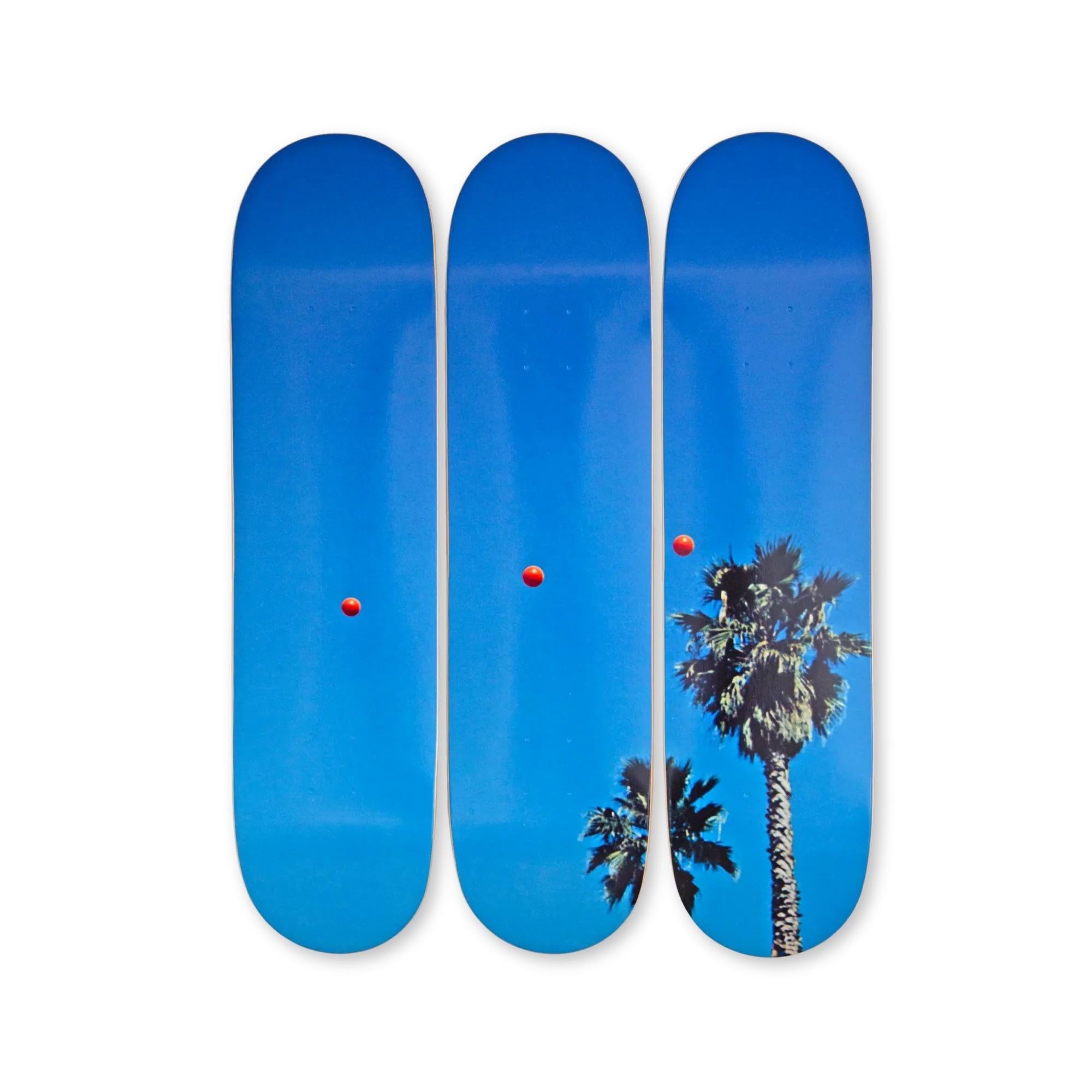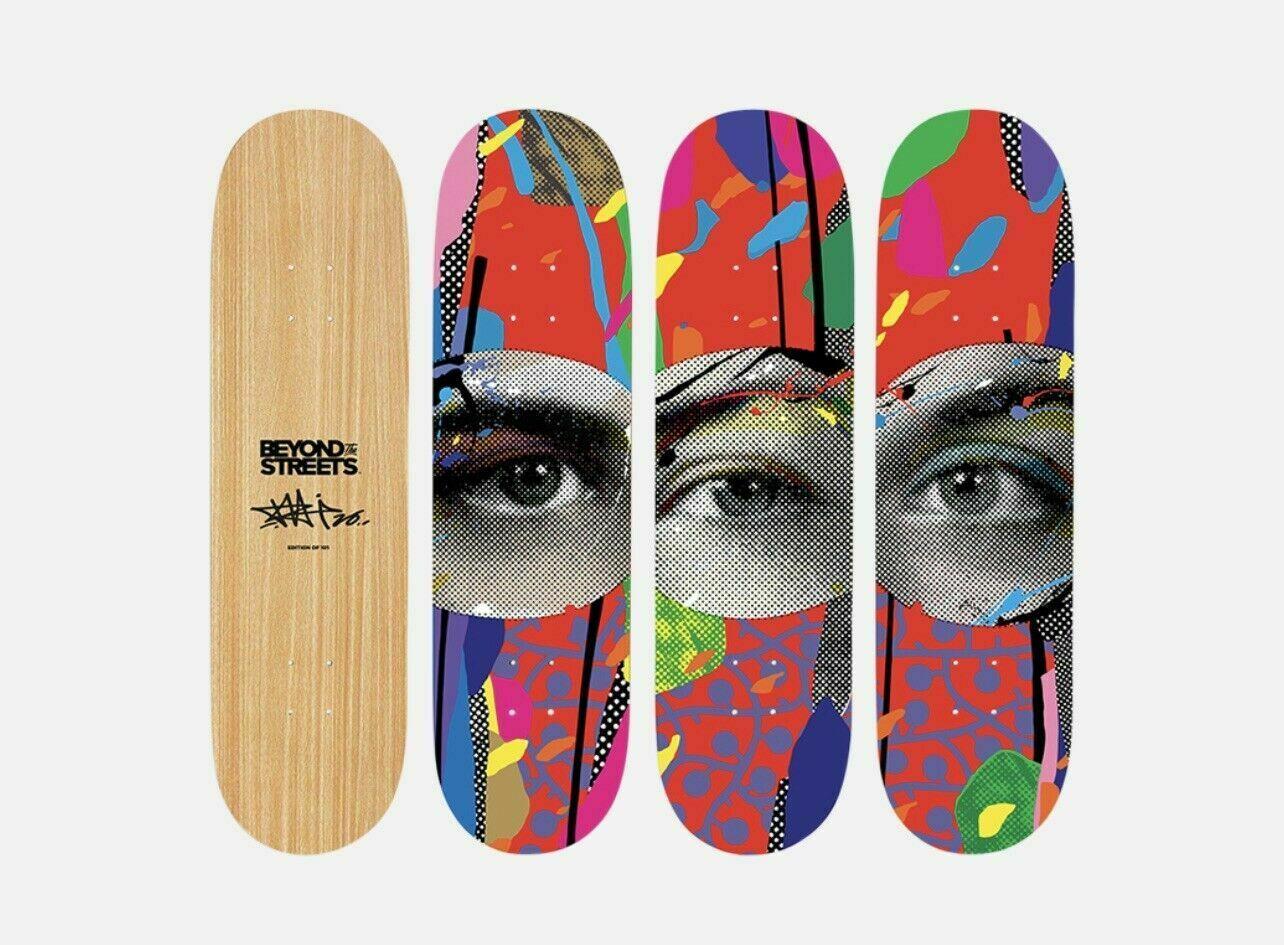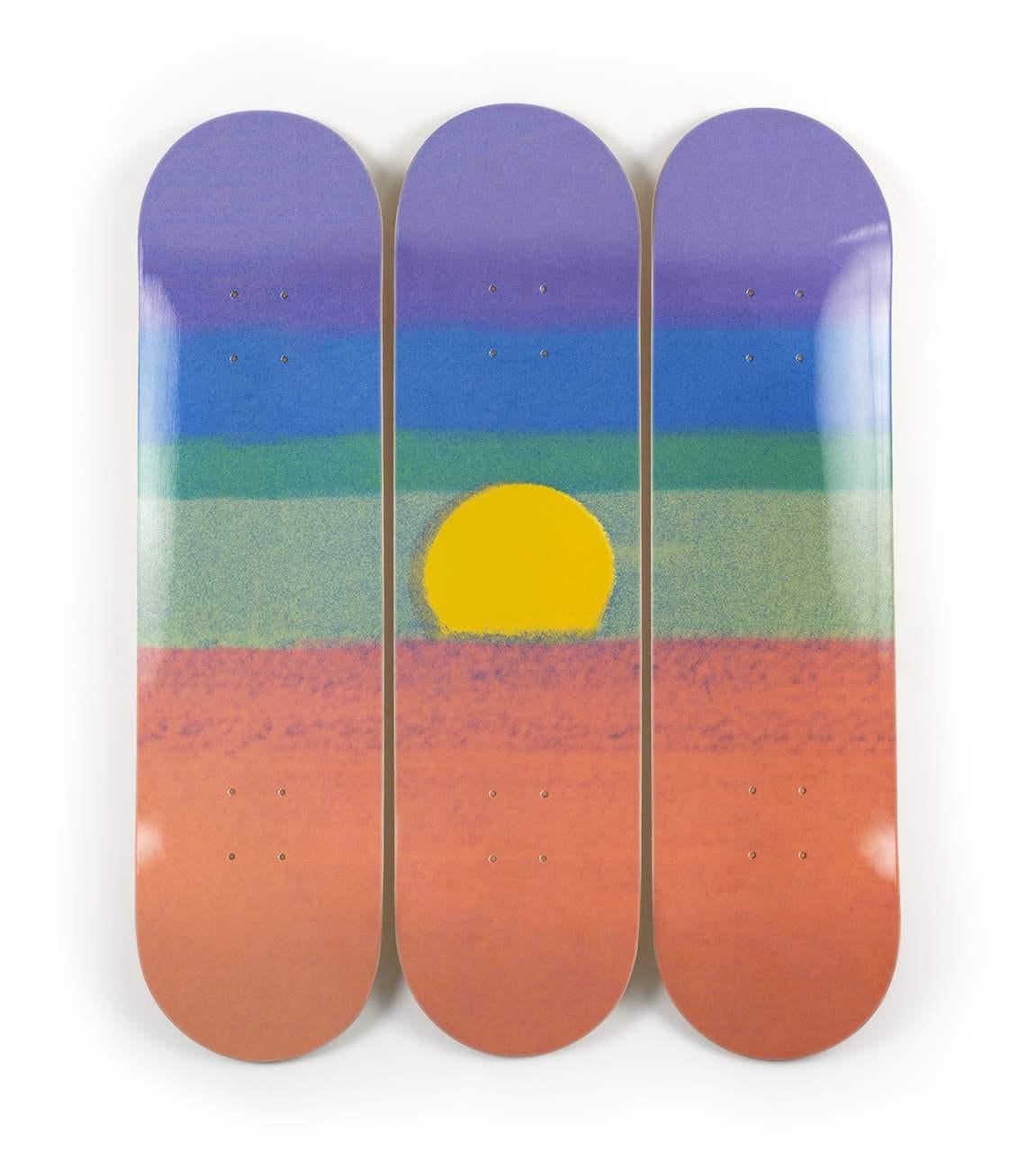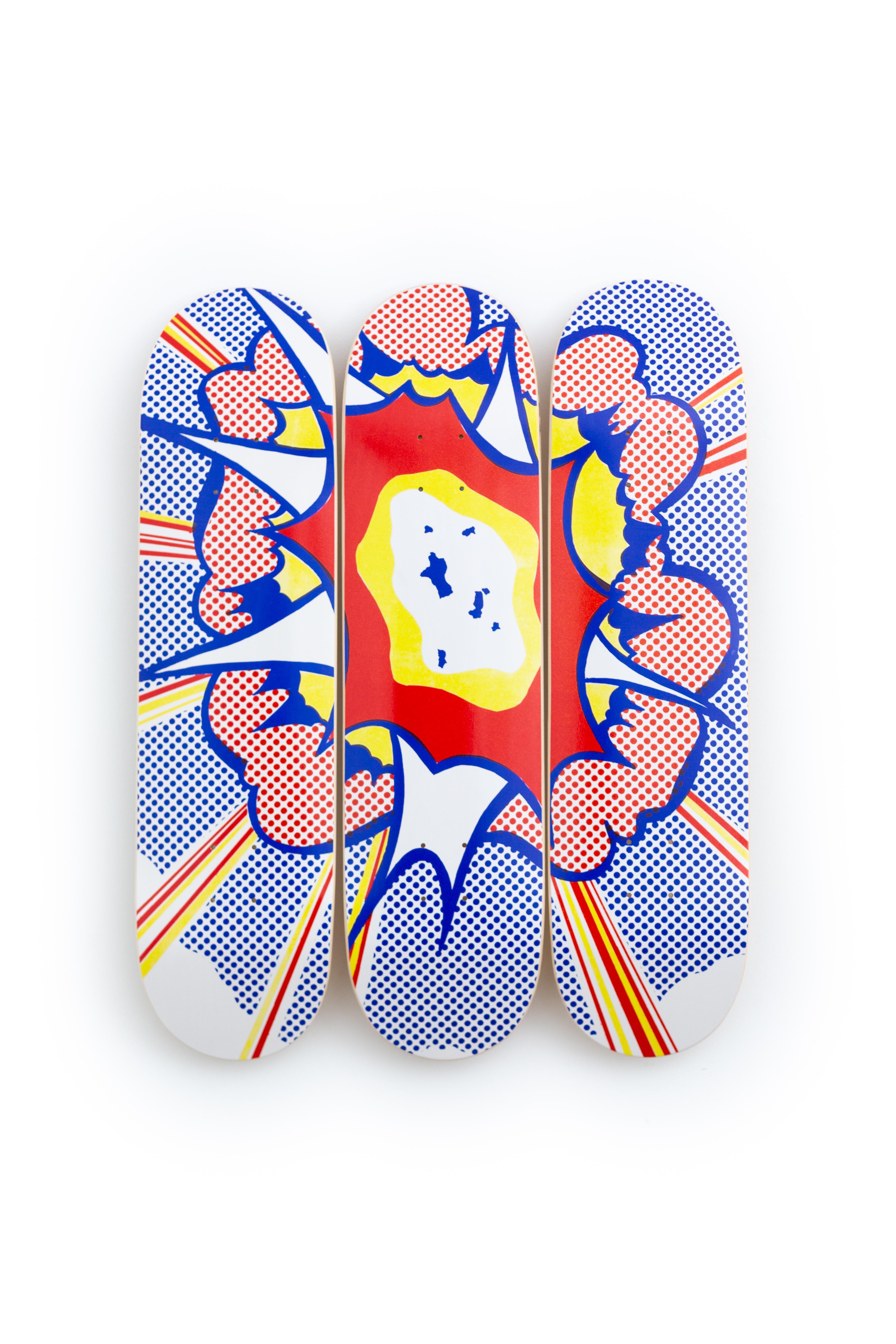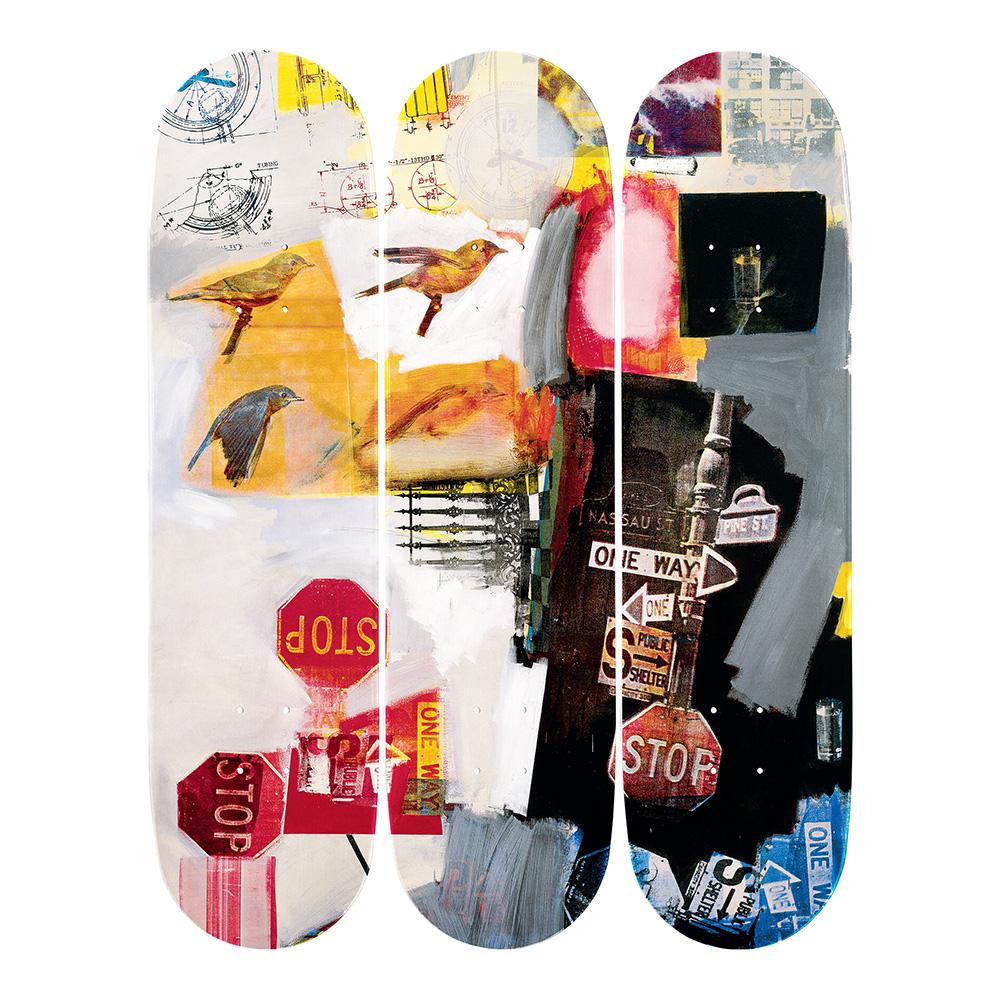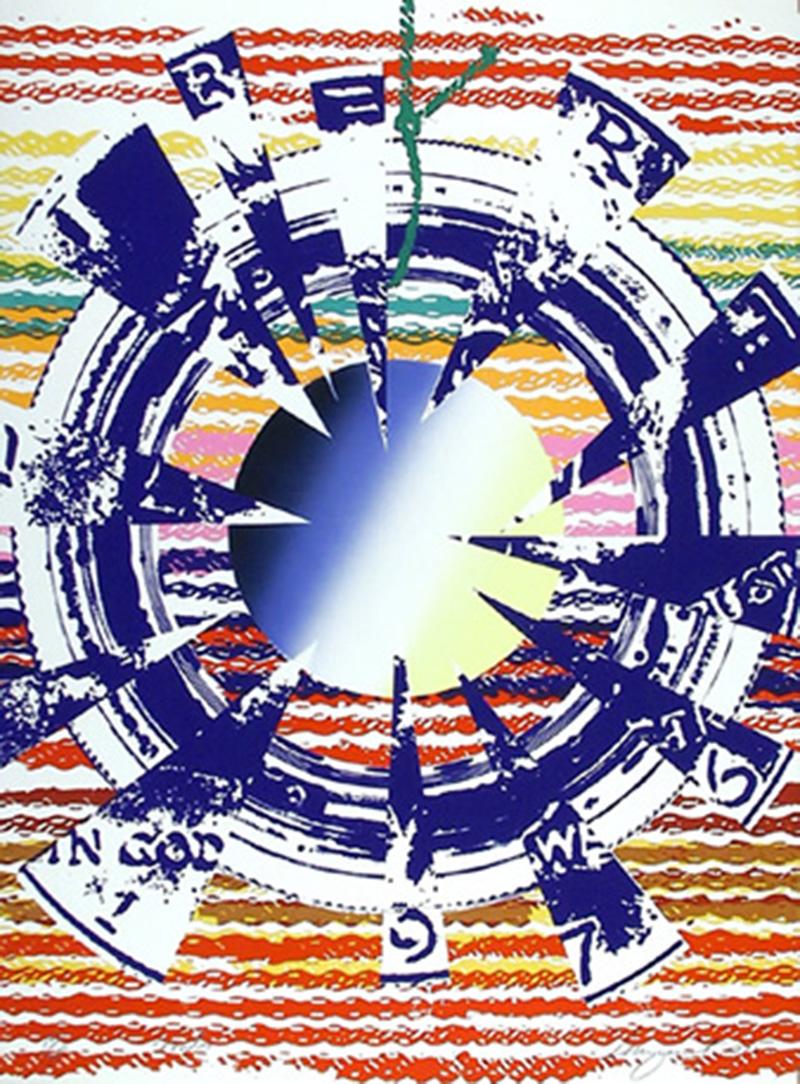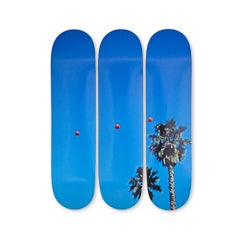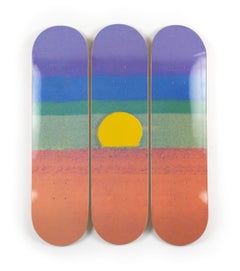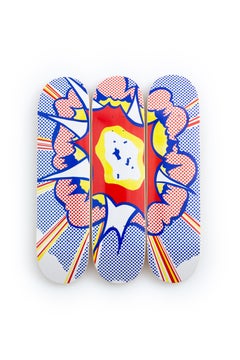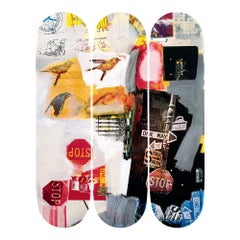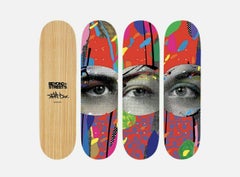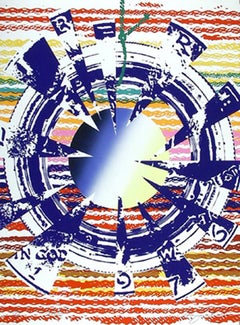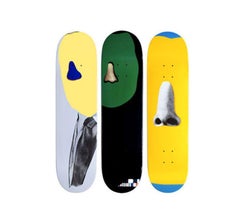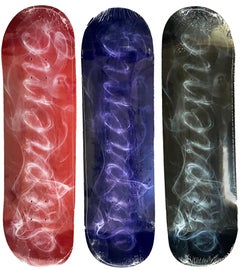Items Similar to James Rosenquist F-111 TRIPTYCH (ATOM) Limited Skate Modern Design Pop American
Want more images or videos?
Request additional images or videos from the seller
1 of 5
James Rosenquist F-111 TRIPTYCH (ATOM) Limited Skate Modern Design Pop American2021
2021
$1,129.56
£841.26
€950
CA$1,584.27
A$1,737.52
CHF 896.11
MX$20,756.17
NOK 11,365.44
SEK 10,662.07
DKK 7,239.14
About the Item
James Rosenquist - F-111 TRIPTYCH A (ATOM)
Date of creation: 2021
Medium: Digital print on Canadian maple wood
Edition: 100
Size: 80 x 20 cm (each skate)
Condition: In mint conditions and never displayed
This work is formed by three skate decks made of 7 ply grade A Canadian maple wood. This set belongs to a numbered limited edition of 100. Top-print includes the printed signature of the artist, James Rosenquist.
This limited edition is based on James Rosenquist's work F-111, 1964–65.
ABOUT THE ARTIST
James Rosenquist was born on November 29, 1933 in Grand Forks, North Dakota, USA. He grew up in a working-class family and had a great interest in art from a young age. At the age of 16, he began studying at the Minneapolis School of Art, but had to leave due to a lack of financial resources.
After leaving school, Rosenquist moved to New York, where he began working as a sign painter to support himself. During this time, he also studied at the Art Students League of New York, where he received drawing and painting classes.
In the late 1950s, Rosenquist began working in his own studio and creating his own art. At first, his works were in an abstract and expressionist style, but he later began to incorporate elements of advertising and popular culture into his work. As he developed his style, Rosenquist became one of the founding members of the Pop Art movement.
In the 1960s, Rosenquist began creating large collages and paintings that combined elements of advertising and popular culture with traditional easel painting. One of his most famous works is "F-111" (1965), a 23-panel mural painting that is over 20 meters long. This work depicts a US military plane surrounded by elements of popular culture such as advertising and processed foods.
In 1962, Rosenquist had his first solo exhibition at the Green Gallery in New York. Since then, his work has been the subject of numerous exhibitions worldwide, including retrospectives at the Solomon R. Guggenheim Museum in New York in 1972, the Georges Pompidou Center in Paris in 1994, and the Museum of Modern Art in New York in 2003.
Throughout his career, Rosenquist also worked in other media such as film and sculpture. In the 1960s, he created several experimental films and collaborated with other artists such as Claes Oldenburg and Robert Rauschenberg on the creation of monumental sculptures.
Rosenquist was also an active advocate for political and social causes. In the 1970s, he worked with the Art Workers Coalition to improve the working conditions of artists and to fight for equality in the art world.
James Rosenquist passed away on March 31, 2017 at the age of 83 at his home in New York. Throughout his career, he left a significant legacy in the history of Pop Art and his work continues to be appreciated by art lovers around the world.
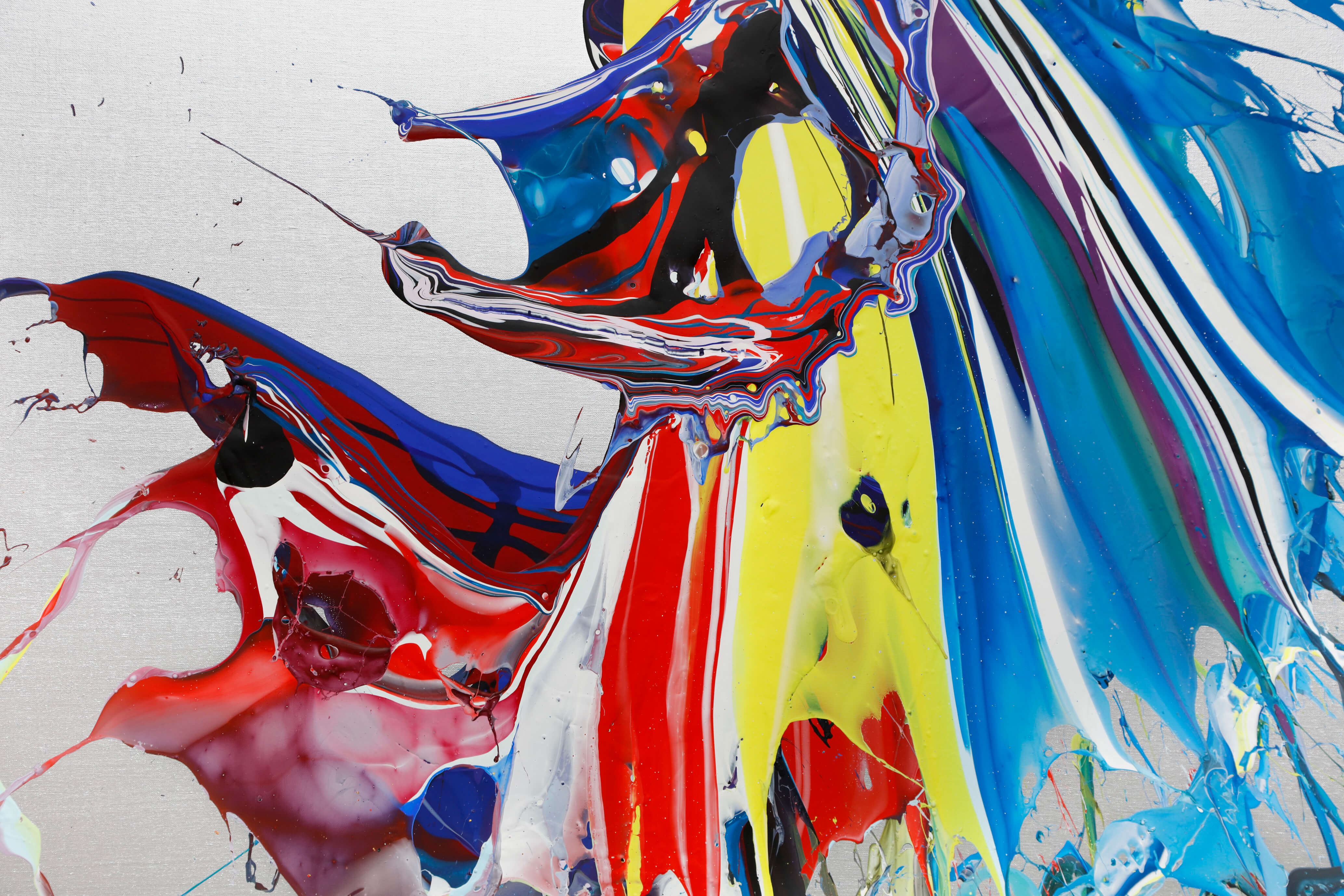
About the Seller
5.0
Gold Seller
Premium sellers maintaining a 4.3+ rating and 24-hour response times
Established in 2011
1stDibs seller since 2018
181 sales on 1stDibs
Typical response time: 14 hours
- ShippingRetrieving quote...Shipping from: Madrid, Spain
- Return Policy
Authenticity Guarantee
In the unlikely event there’s an issue with an item’s authenticity, contact us within 1 year for a full refund. DetailsMoney-Back Guarantee
If your item is not as described, is damaged in transit, or does not arrive, contact us within 7 days for a full refund. Details24-Hour Cancellation
You have a 24-hour grace period in which to reconsider your purchase, with no questions asked.Vetted Professional Sellers
Our world-class sellers must adhere to strict standards for service and quality, maintaining the integrity of our listings.Price-Match Guarantee
If you find that a seller listed the same item for a lower price elsewhere, we’ll match it.Trusted Global Delivery
Our best-in-class carrier network provides specialized shipping options worldwide, including custom delivery.More From This Seller
View AllJOHN BALDESSARI - Throwing Three Balls... Skate Deck Modern Design Contemporary
By John Baldessari
Located in Madrid, Madrid
JOHN BALDESSARI - Throwing Three Balls in the Air to get a Straight Line (Best of Thirty-Six Attempts)
Date of creation: 2025
Medium: Digital print on Canadian maple wood
Edition: 3...
Category
2010s Expressionist More Art
Materials
Wood, Maple, Screen
ANDY WARHOL SUNSET (ORANGE) Skate Deck Pop Art Modern Design
By Andy Warhol
Located in Madrid, Madrid
after Andy Warhol - SUNSET (ORANGE)
Date of creation: 2019
Medium: Digital print on Canadian maple wood
Edition: 500
Size: 80 x 20 cm (each skate)
Condition: In mint conditions and n...
Category
2010s Pop Art More Art
Materials
Wood, Maple
ROY LICHTENSTEIN - EXPLOSION, 1967. Skate Decks Pop Art Design Modern
By Roy Lichtenstein
Located in Madrid, Madrid
Roy Lichtenstein - Explosion, 1967
Date of creation: 2024
Medium: Digital print on Canadian maple wood
Edition: Open
Size: 80 x 20 cm (each skate)
Condition: In mint conditions and ...
Category
2010s Pop Art More Art
Materials
Wood, Digital
Robert Rauschenberg - OVERDRIVE. Limited Skate Deck Modern Design Pop American
By Robert Rauschenberg
Located in Madrid, Madrid
Robert Rauschenberg - OVERDRIVE
Date of creation: 2017
Medium: Digital print on Canadian maple wood
Edition: 300
Size: 80 x 20 cm (each skate)
Condition: In mint conditions and never...
Category
2010s Expressionist Abstract Prints
Materials
Wood, Maple, Screen
JOHN BALDESSARI - Two Figures and Two Figures (Masked) Skate Deck Modern Design
By John Baldessari
Located in Madrid, Madrid
JOHN BALDESSARI - Two Figures and Two Figures (Masked) with Blue Shape
Date of creation: 2025
Medium: Digital print on Canadian maple wood
Edition: 30
Size: 80 x 20 cm (each skate)
...
Category
2010s Expressionist More Art
Materials
Wood, Maple, Screen
ANDY WARHOL - FLOWERS (LIME/ORANGE) Skate Deck Pop Art Modern Design
By Andy Warhol
Located in Madrid, Madrid
after Andy Warhol FLOWERS (LIME/ORANGE)
Date of creation: 2019
Medium: Digital print on Canadian maple wood
Edition: 500
Size: 80 x 20 cm (each skate)
Condition: In mint conditions a...
Category
2010s Pop Art More Art
Materials
Wood, Maple, Screen
You May Also Like
Paul Insect I SEE Skateboard Deck Set Of 3 Beyond The Streets Signed XX/101 COA
By Paul Insect
Located in Draper, UT
Paul Insect:
Paul Insect is a UK contemporary artist. Best known for his collective named ‘insect’ that started in 1996 he is a collage, portrait master w...
Category
2010s Pop Art More Prints
Materials
Screen
Miles, Pop Art Screenprint by James Rosenquist
By James Rosenquist
Located in Long Island City, NY
Miles
James Rosenquist, American (1933–2017)
Date: 1976
Screenprint with Air Brush, Signed and Numbered in Pencil
Edition of 200
Size: 30 in. x 22 in. (76.2 cm x 55.88 cm)
Printer: G...
Category
1970s Pop Art Abstract Prints
Materials
Screen
Supreme skateboard set of 3
By John Baldessari
Located in Washington , DC, DC
Supreme skateboard set of 3
Category
21st Century and Contemporary Contemporary Prints and Multiples
Materials
Screen, Board
$2,800 Sale Price
20% Off
SUPREME skateboard deck set of 3 works (Supreme skate decks 2019)
By Supreme
Located in NEW YORK, NY
Supreme Skateboard Decks complete Set of 3 works, 2019:
A stand out skate triptych set featuring the Supreme logo in smoke letters. Features a printed World Famous Supreme logo. Each...
Category
21st Century and Contemporary Pop Art More Art
Materials
Wood, Screen
Brighter than the Sun, James Rosenquist: colorful abstract pop art rainbow
By James Rosenquist
Located in New York, NY
This vibrant red, blue, orange and yellow lithograph is based on the 1961 Rosenquist oil painting Brighter than the Sun (private collection), with fragmented images from advertising,...
Category
Late 20th Century Pop Art Prints and Multiples
Materials
Lithograph
Brighter than the Sun, James Rosenquist: colorful abstract pop art rainbow
By James Rosenquist
Located in New York, NY
This vibrant red, blue, orange and yellow lithograph is based on the 1961 Rosenquist oil painting Brighter than the Sun (private collection), with fragmented images from advertising,...
Category
Late 20th Century Pop Art Prints and Multiples
Materials
Lithograph
More Ways To Browse
Triptych Wood
Roy Lichtenstein Apple
Shorewood Reproductions
St Louis Symphony
Stella Frank Plates
Swan Engraving
Victor Vasarely Squares
Vintage Disease Posters
Vintage Housewife Art
Vintage Yield Sign
Violin Signed Prints
Virgilio Trompiz
Woody Pirtle
Yannis Moralis
Yannis Tsarouchis
1970 Calendar Print
Ai Weiwei Bomb
Akira Kurosaki
